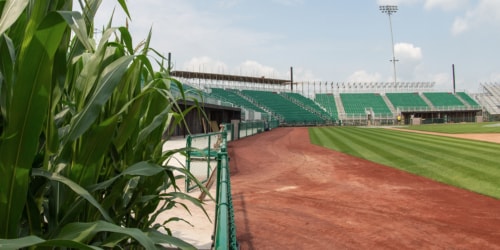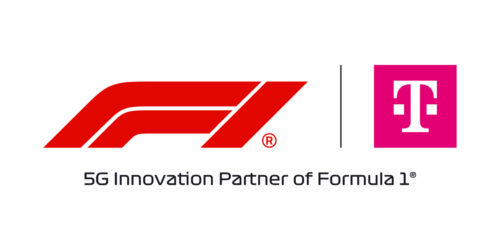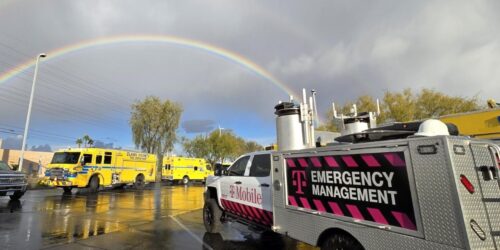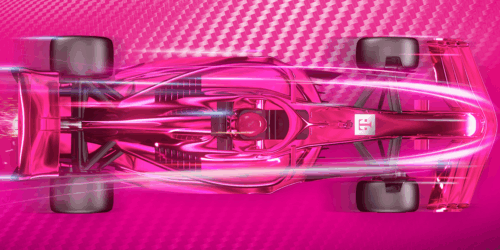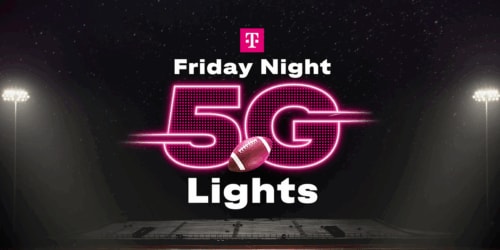We’ve had a love affair with drones since they first began appearing in retail stores, vaulting themselves to the top of our gadgets and electronics wish lists. Drones let us take to the sky. They give us a birds-eye view of new places from a bowling alley in Minneapolis to the MLB At Field of Dreams Presented by GEICO site in Iowa. Used for years in the entertainment industry, drones delight us with visually stunning aerial shots. And in the world of sports, broadcasters have long used drones to give spectators a closer look at the live action on the field. This year NBC Sports used a drone to broadcast coverage for the first time from the Kentucky Derby. Now, 5G drones are taking this to the next level to transform the world of sports entertainment.
Today Drone Racing League (DRL) is creating a new era of sport using 5G technology to give tens of millions of fans a more immersive experience like no one has ever seen before. This week, DRL used its newly built 5G-enabled drone to capture and stream stunning first-person view (FPV) footage of the 8,000-seat ballpark and Field of Dreams movie site in Dyersville, Iowa. From the 5G drone, baseball fans get a detailed tour of the site, starting with a close-up view of the movie house and baseball field, before zipping over the corn to reveal the newly constructed MLB field. After flying down the first baseline, fans get an up-close view of the scoreboard and dugout before panning out to a 360-degree birds-eye view of the field. According to Nicholas Horbaczewski, DRL Founder & CEO, FPV transforms the fan experience by giving audiences a view from inside the drone as if they themselves were in flight.
DRL and T-Mobile have built one of the first racing drones in the world to have an embedded 5G module capable of 5G live streaming video directly to the Internet. By leveraging the faster speeds of a 5G network, sports fans can experience FPV footage from drones in stunning clarity. With the ultra-fast speeds of 5G, large amounts of data can quickly be transferred between the action on the field and the drone, delivering it in real-time to sports fans.
In its next phase of development, the DRL embedded 5G module will one day connect the drone’s command and control functions to enable flight over the T-Mobile 5G network. The eventual goal is for pilots to be able to navigate complex obstacle courses over a 5G network while racing at blazing fast speeds. But for this to be achieved, 5G racing drones will need to pass a stringent test in latency – that’s the response time for data to travel between the pilot and the drone. Achieving ultra-low latency is required for such fast speeds, and it’s a challenge that T-Mobile and DRL engineers say they are excited to solve.
As we look ahead at the development of 5G drones in sports and other industries, John Saw, EVP of Advanced & Emerging Technologies at T-Mobile, says the key for drone services to become ubiquitous is having a highly reliable, responsive broad coverage 5G network to manage all the traffic. This kind of low latency 5G network will enable traffic management systems to approach real-time situational awareness thereby allowing for quick coordination of drones in the air.
With so many possibilities for drones, from bringing immersive new experiences to sports fans to delivering medical supplies to rural communities, we can’t wait to see how 5G technology and drones will connect us in new and better ways to our world. Learn more about 5G.
5GNow is a content series from America’s leader in 5G. With 5GNow we share a first-hand look at the benefits of 5G today, and what’s coming next, highlighting the real-world ways 5G is improving our lives and keeping us better connected.

